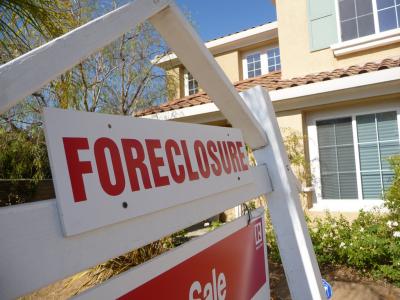
Location, Location, Location
Housing has changed a lot over the past decade. In a recent article on MSNBC, Bill Brigs compares the 1999 results of the housing report released by the Census Bureau and Department of Housing and Urban Development to the 2009 results. His findings were quite fascinating. According to the analysis, the percentage of the population with garages has increased from 59% to 66%. The number of homes with decks, patios, balconies, or porches has increased from 81% to 85%. The average square footage of a home has increased from 1,730 square feet to 1,800 square feet. The percentage of homes with four or more bedrooms has increased from 17% to 21%. The percentage of homes with two or more bathrooms has increased from 42% to 51%. Also, the price an average homeowner pays a month for their mortgage, real estate taxes, property insurance, and utilities has increased from $581 to $1,000.
In another article, David Streitfeld talks about a radical shift in the housing market that has taken place since the housing bubble burst. Ever since World War II, purchasing a home has been seen as one of the best investments a person could make. For decades, houses gained in value so much that millions of Americans were able to fund their retirements and much more just off the appreciation. However, all that has changed. An excess of houses in the market means that home values are dropping. More than that, the apprecaition of housing in the future is never expected to be what it once was. Stan Humphries of Zillow.com believes that the value of homes will keep up with inflation from now on, but that is all. No more 10-20% annual increased in home values. No more funding retirements off appreciation.
So what can you do to protect your investment? Some believe they have the answer, and that answer is walkability. An article by Damon Darlin published in The New York Times earlier this year compares the value of homes with high walkability (city centers and traditional towns) to the value of homes with low walkability (low-density suburbs). Walkability is the measure of how close certain amenties are to a home, or how "walkable" a neighborhood is. Although the relation between walkability and the retention of home values is still up for debate, there are a growing number of studies which show that increased walkability help homes keep their values high even during housing slumps. A study by C.E.O.'s for Cities found that in the cities of Charlotte, Chicago, Sacramento, and San Francisco, houses with a high walk score were worth $30,000 more than houses with a low walk score. This was the case for 13 of the 15 cities studied. Stan Humphries of Zillow.com also analyzed his data and found a difference between homes with low walk scores and homes with high walk scores. In Humphries' Seattle suburb that has a walk sore of 29 (out of 100), average home prices have fallen 21% since 2007. However, in Seattle's Great Lake neighborhood that has a walk score of 89, the average home values only dropped 14% in the past three years.
As the case has always been with real estate, it's all about location, location, location. So next time you are looking into purchasing a new home, you'd be wise to consider the walkability of your neighborhood among the other factors.


